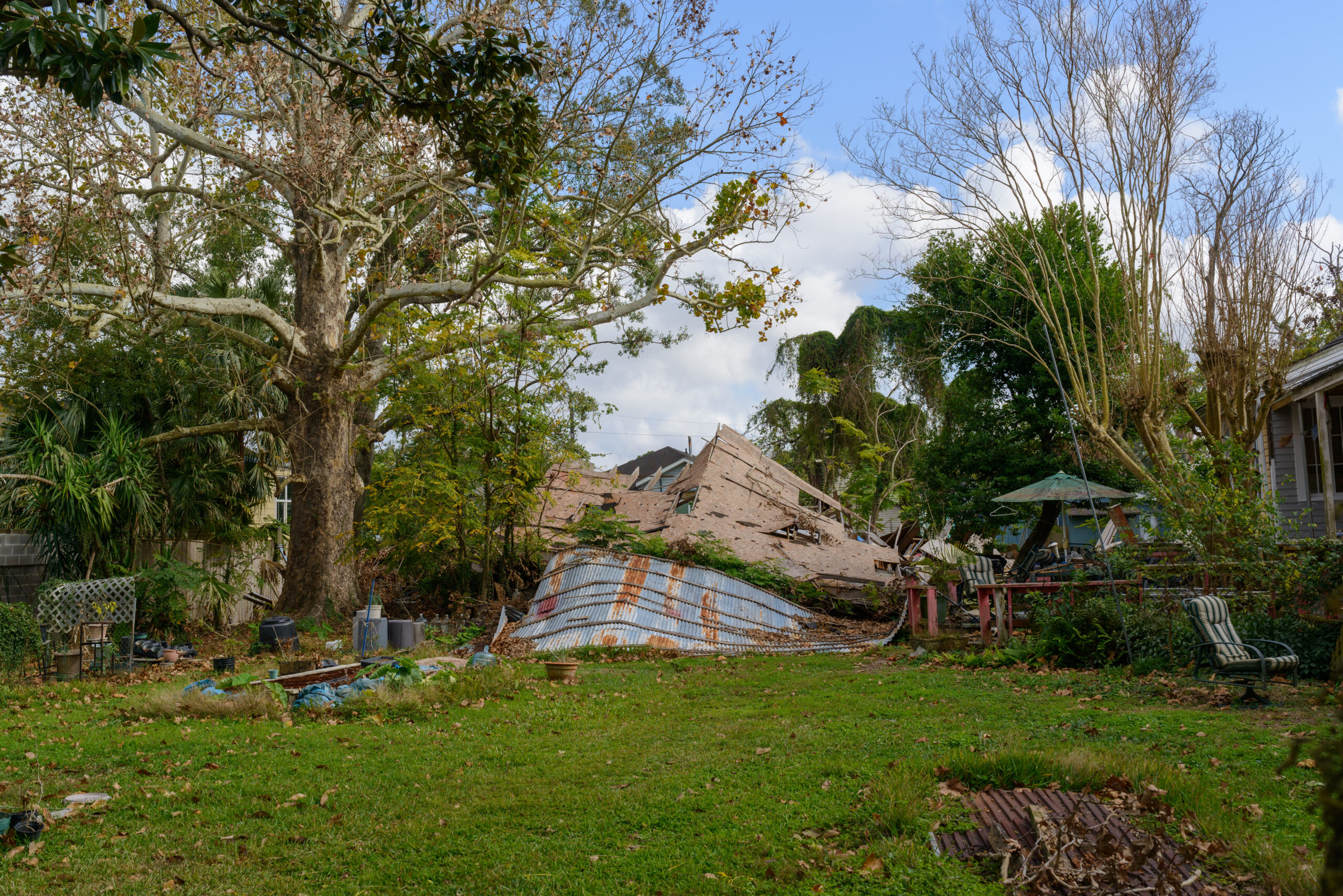
Hurricane Ida: Tracking damage through property-level change detection
90,000 homes in the NOLA metropolitan area have poor or severe roof condition after Hurricane Ida, with many seeing significant damage from high winds
Ida’s damage in Louisiana is far less extensive than either Hurricane Laura (2020) or Hurricane Katrina (2005)
In the 10 days since Hurricane Ida passed over the greater New Orleans area, we have seen a number of predictions and estimates around the level of damage sustained in the area. Now, using aerial imagery captured from Vexcel Imaging and our proprietary machine learning, CAPE can provide the first statistics around the real-world impact of Hurricane Ida on properties in its path.
Hurricane Ida made landfall in Louisiana on the 16th anniversary of Hurricane Katrina, as a Category 4 storm with maximum sustained winds of 145 mph, making it one of the strongest hurricanes to hit the state—though not as strong as 2020’s Hurricane Laura. As expected, the storm’s intensity decreased as it drove inland, with maximum winds of 125 mph by Sunday evening as it passed north of New Orleans.
With the storm surge occurring in wetlands and levee-protected areas, thankfully most heavily inhabited areas were spared from the same devastating flooding that occurred with Hurricane Katrina, though ICEYE determined some 25,000 properties were flooded by the storm. Instead, it was the wind that dealt the majority of damage, with the images below showing some of the affected areas and the post-storm roof condition denoted by the colored dots.
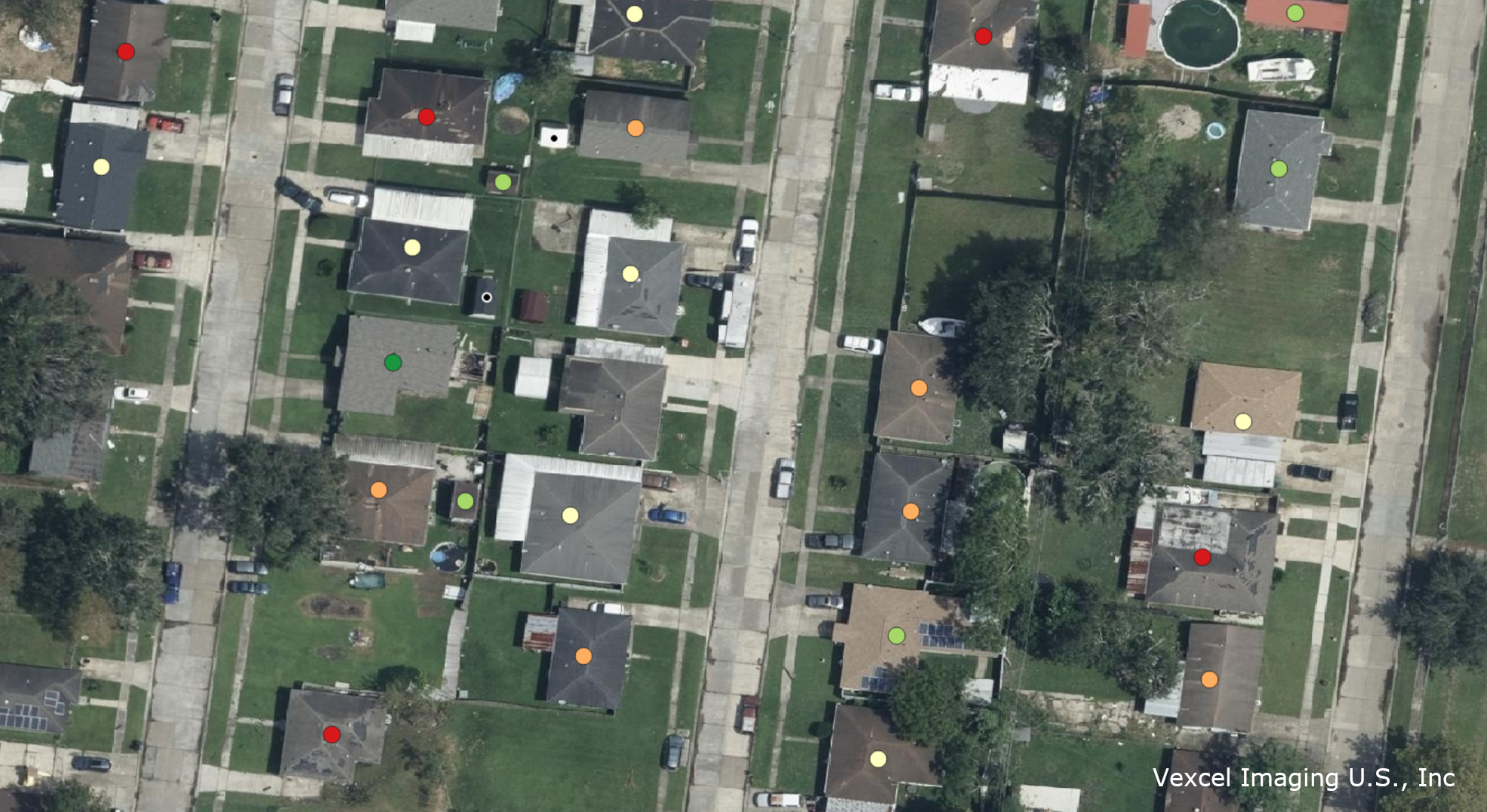
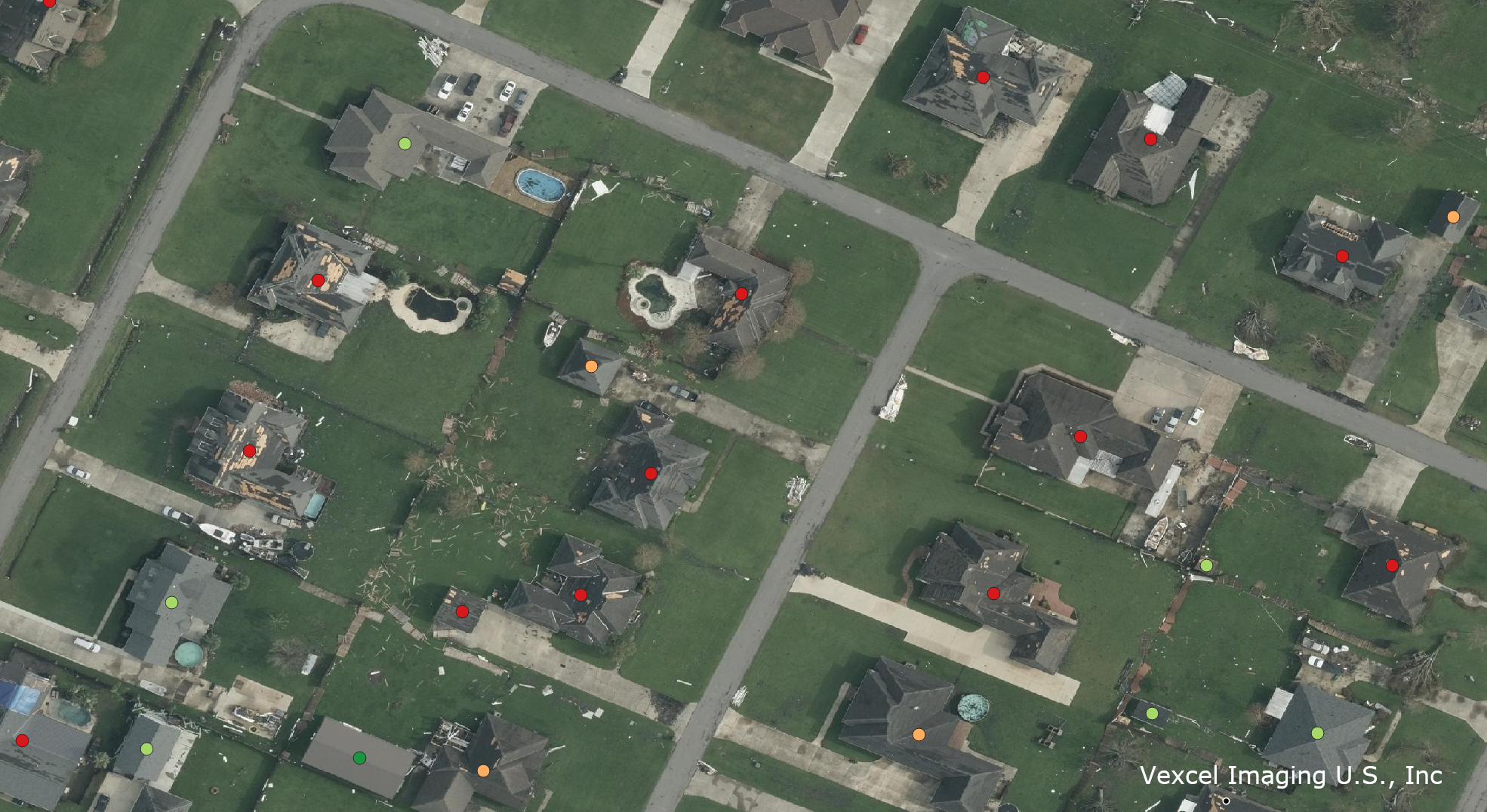
In order to better understand the scope and depth of property damage caused by Hurricane Ida, CAPE ran its property change detection engine on imagery captured after the storm, across nearly 380,000 homes in the greater New Orleans area, looking specifically at roof damage via CAPE’s proprietary Roof Condition Rating.
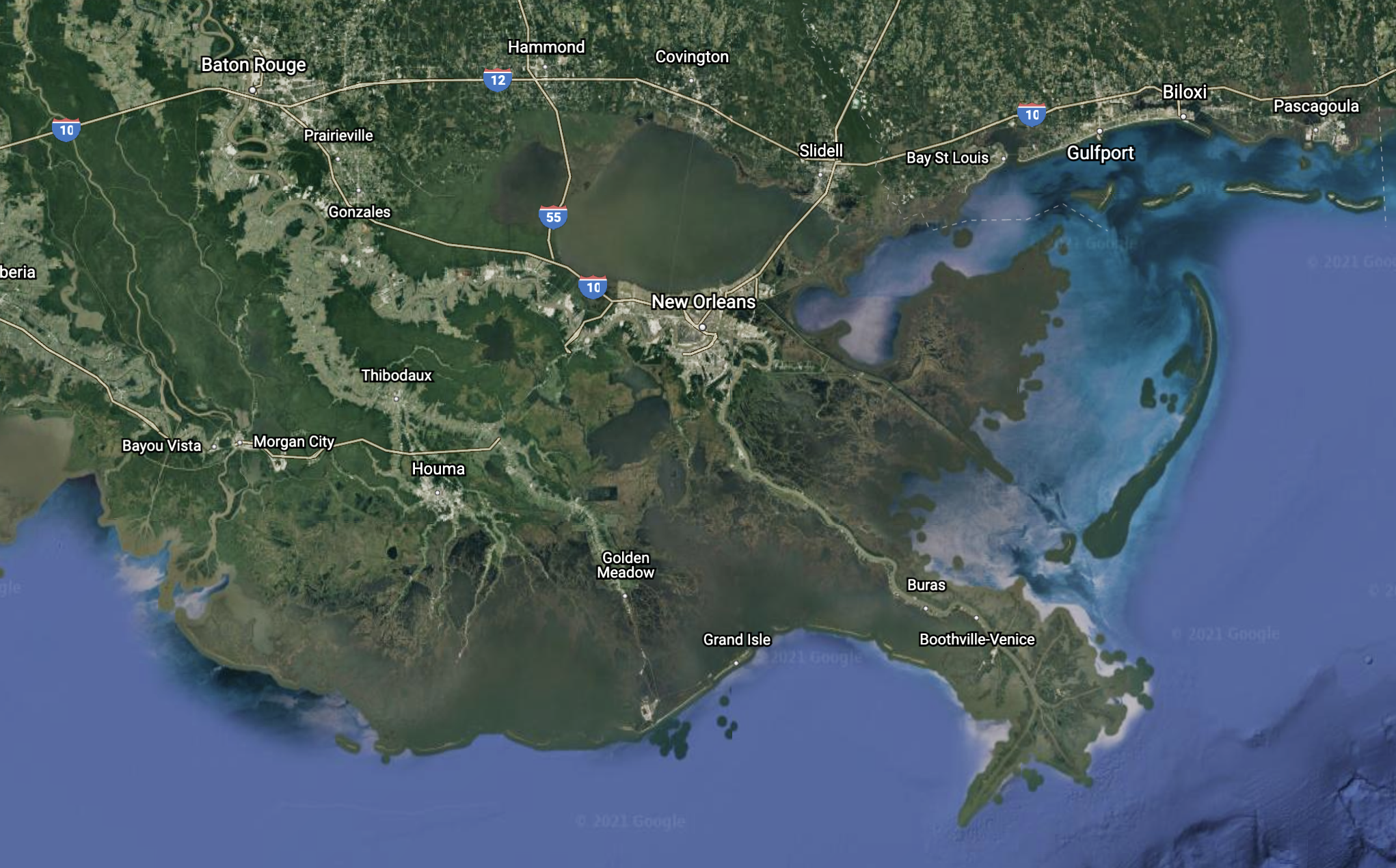
In running this analysis, we identified nearly 90,000 homes in the area with poor or severe roof condition. 17,000 homes that were in fair condition prior to the storm saw minor damage, while 15,000 homes that were in fair or poor condition became severely damaged. In comparison, only 2,800 homes that were previously in good or excellent condition were severely damaged, showing how good condition roofs tend to offer better protection from the elements.
In looking at the post-event roof conditions across our sample geography, it is evident that although Hurricane Ida was a dangerous and impactful hurricane, it lacked the destructive punch of Hurricane Laura just one year ago. The chart below shows the difference between the two storms and a much larger number of severe condition properties after Hurricane Laura.

Understanding the performance of roof condition in wind-driven storms
In previous studies, CAPE has shown that homes in poor or severe condition are far more susceptible to damage than those in fair, good, or excellent condition. Though our condition scale does not show it (homes previously in severe condition will continue to be in severe condition), aerial images taken shortly after the hurricane show the degree of damage suffered by homes that were already in bad condition:
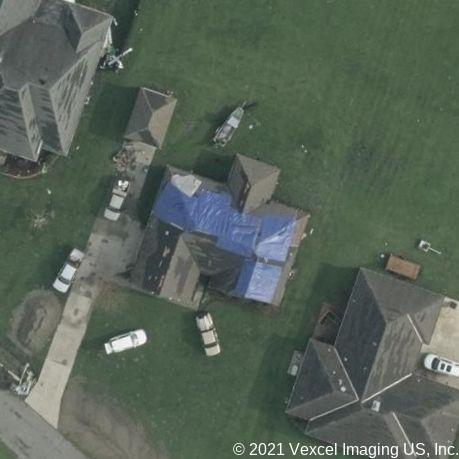

An alternative analysis of this information is to plot the degree of roof degradation across the NOLA area. In doing so, we see that the large majority of homes saw a one or two-step change from their pre-event condition — in other words, not many homes with good or excellent roof condition became severe, whereas many homes likely fell from poor and fair condition.
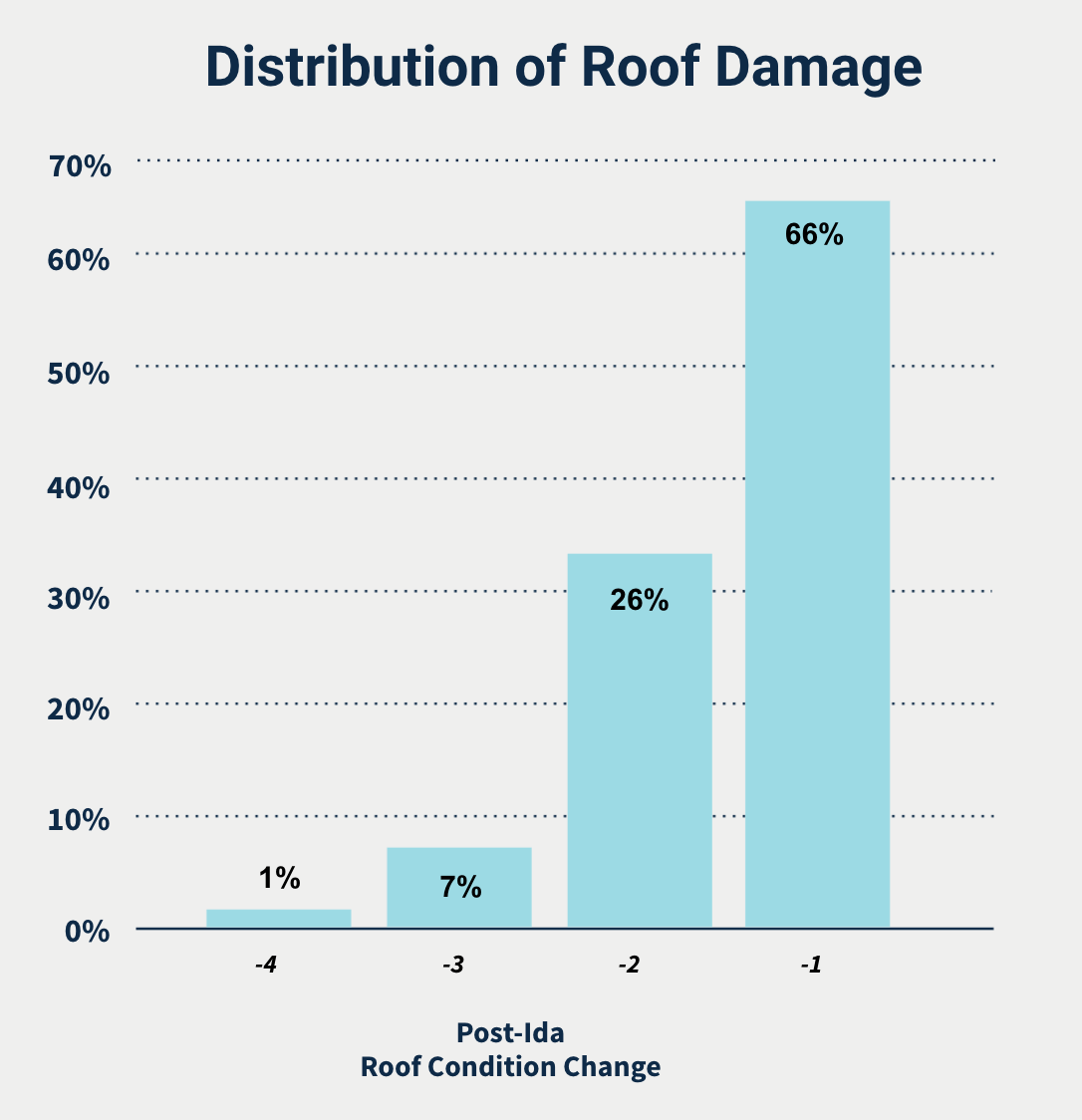
From previous hurricane and claims analyses we know that poor condition roofs are twice as likely as good roofs to turn severe. Similarly, fair condition roofs are 2.5X as likely as excellent roofs to turn severe. The same can be said for the rate of roofs turning poor, with fair roofs over 2.5X as likely as good roofs to turn poor.
The Louisiana coastline is no stranger to strong storms. But, as claims are filed and resolved, and residents in the New Orleans area repair the damage, the industry should seek to gain a better understanding of the link between pre-event property characteristics such as roof condition, damage from hurricanes, and loss. These learnings, in turn, should help inform construction and risk mitigation practices across the Gulf Coast in order to reduce vulnerability to future storms and help homeowners better protect themselves and their property.

